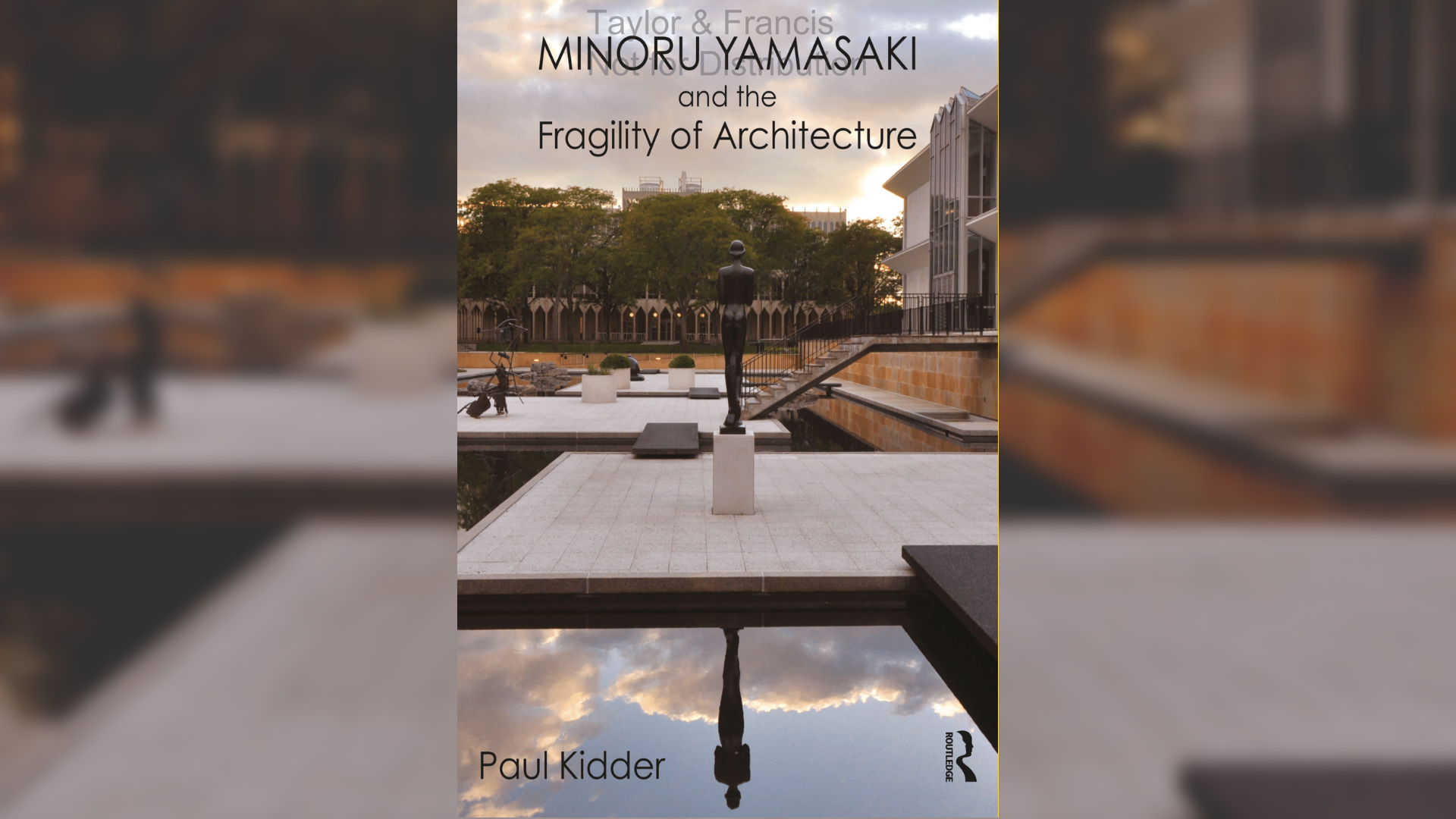Did you know that the Pacific Science Center was designed by the same architect as the Twin Towers of the World Trade Center in New York?
Minoru Yamasaki is America’s most famous forgotten architect who designed several of Seattle’s own buildings including Rainier Tower and the IBM Building. His designs are often described as calming, elegant, and lively.
Seattle University Professor, Paul Kidder, PhD., joined New Day NW to talk about his new book, “Minoru Yamasaki and the Fragility of Architecture,” which studies Minoru Yamasaki and his importance in American architecture and history.
ABOUT THE BOOK:
Few figures in the American arts have stories richer in irony than does architect Minoru Yamasaki. While his twin towers of New York’s World Trade Center are internationally iconic, few who know the icon recognize its architect’s name or know much about his portfolio of more than 200 buildings. One is tempted to call him America’s most famous forgotten architect. He was classed in the top tier of his profession in the 1950s and ’60s, as he carried modernism in novel directions, yet today he is best known not for buildings that stand but for two projects that were destroyed under tragic circumstances: the Twin Towers and the Pruitt-Igoe housing project in St. Louis. This book undertakes a reinterpretation of Yamasaki’s significance that combines architectural history with the study of his intersection with defining moments of American history and culture. The story of the loss and vulnerability of Yamasaki’s legacy illustrates the fragility of all architecture in the face of natural and historical forces, yet in Yamasaki’s view, fragility is also a positive quality in architecture: the source of its refinement, beauty, and humanity. We learn something essential about architecture when we explore this tension of strength and fragility.
In the course of interpreting Yamasaki’s architecture through the wide lens of the book, we see the mid-century role of Detroit as an industrial power and architectural mecca; we follow a debate over public housing that entailed the creation and eventual destruction of many thousands of units; we examine competing attempts to embody democratic ideals in architecture and to represent those ideals in foreign lands; we ponder the consequences of anti-Japanese prejudice and the masculism of the architectural profession; we see Yamasaki’s style criticized for its arid minimalism yet equally for its delicacy and charm; we observe Yamasaki making a great name for himself in the Arab world but his twin towers ultimately destroyed by Islamic militants. As this curious tale of ironies unfolds, it invites reflection on the core of modern architecture’s search for meaning and on the creative possibilities its legacy continues to offer.
Beautifully illustrated with over 100 color illustrations of Yamasaki’s buildings, this book will be of interest to students, academics, and professionals in a range of disciplines, including architectural history, architectural theory, architectural preservation, and urban design and planning.
Segment Producer Rebecca Perry. Watch New Day Northwest 11 AM weekdays on KING 5 and streaming live on KING5.com. Contact New Day.

